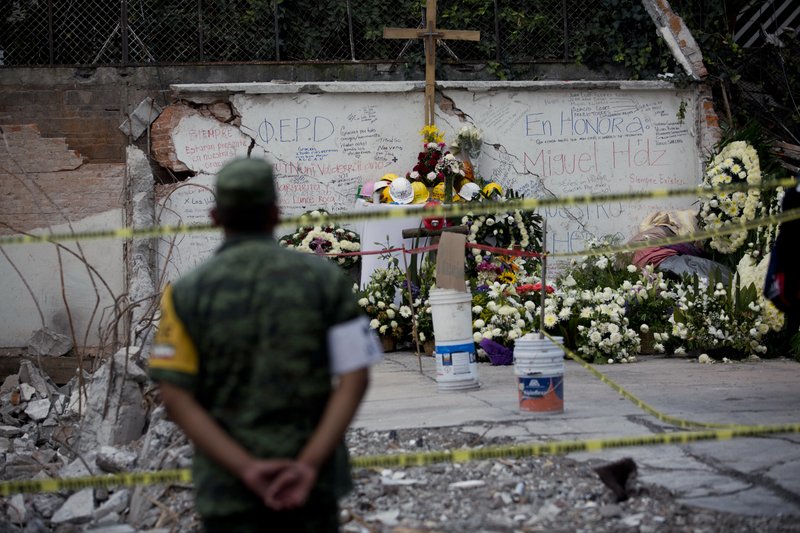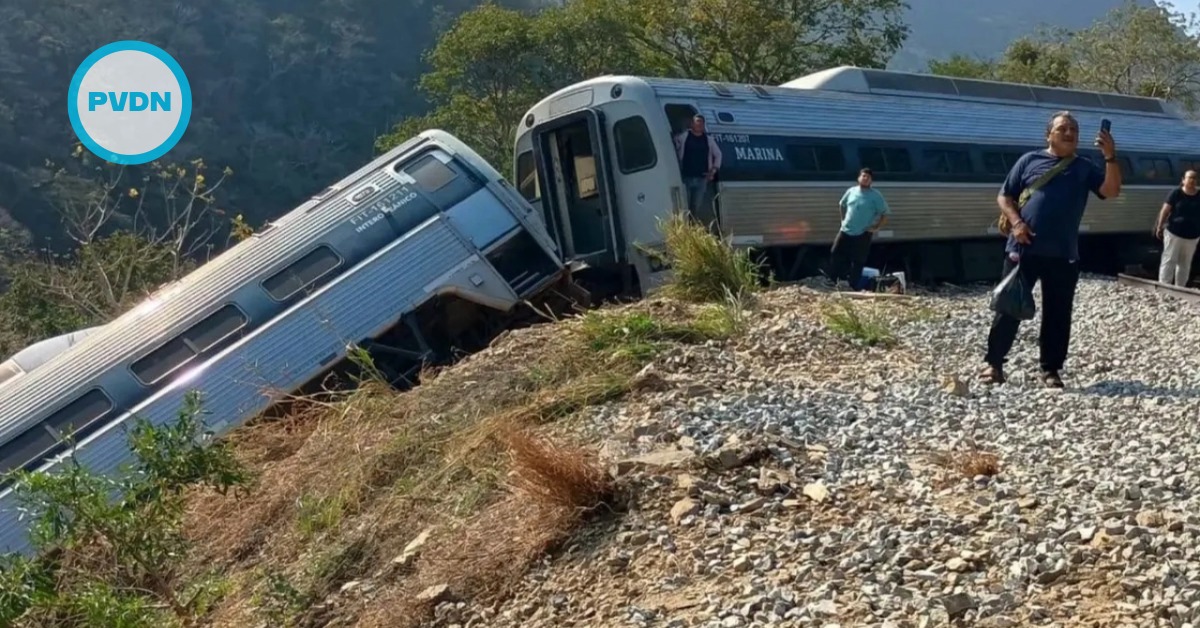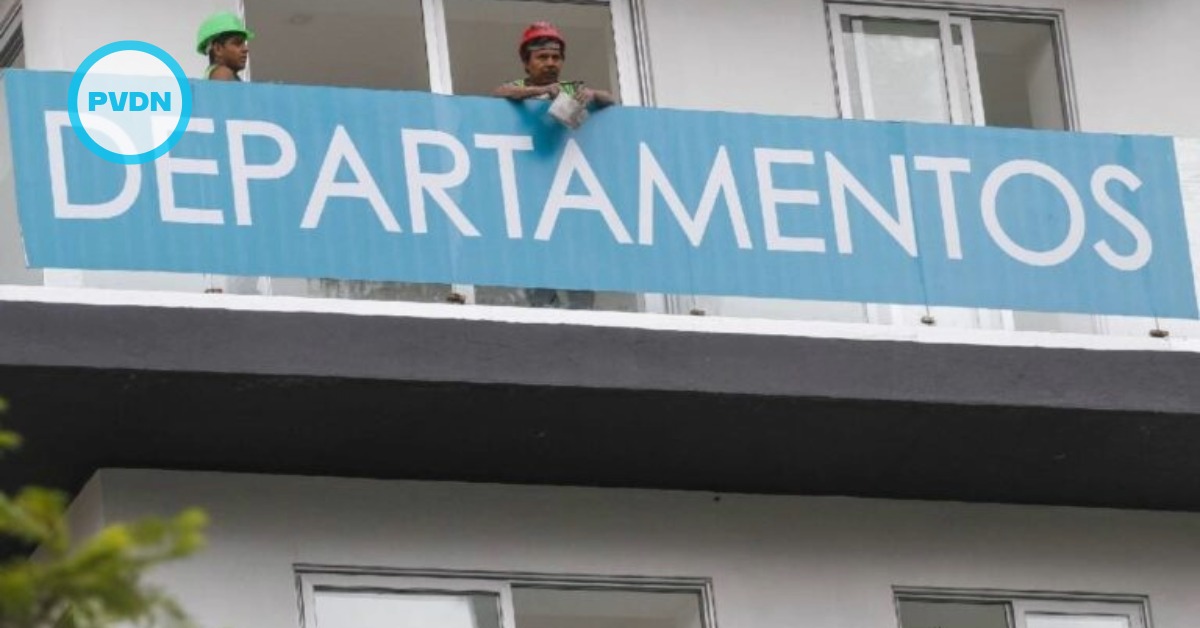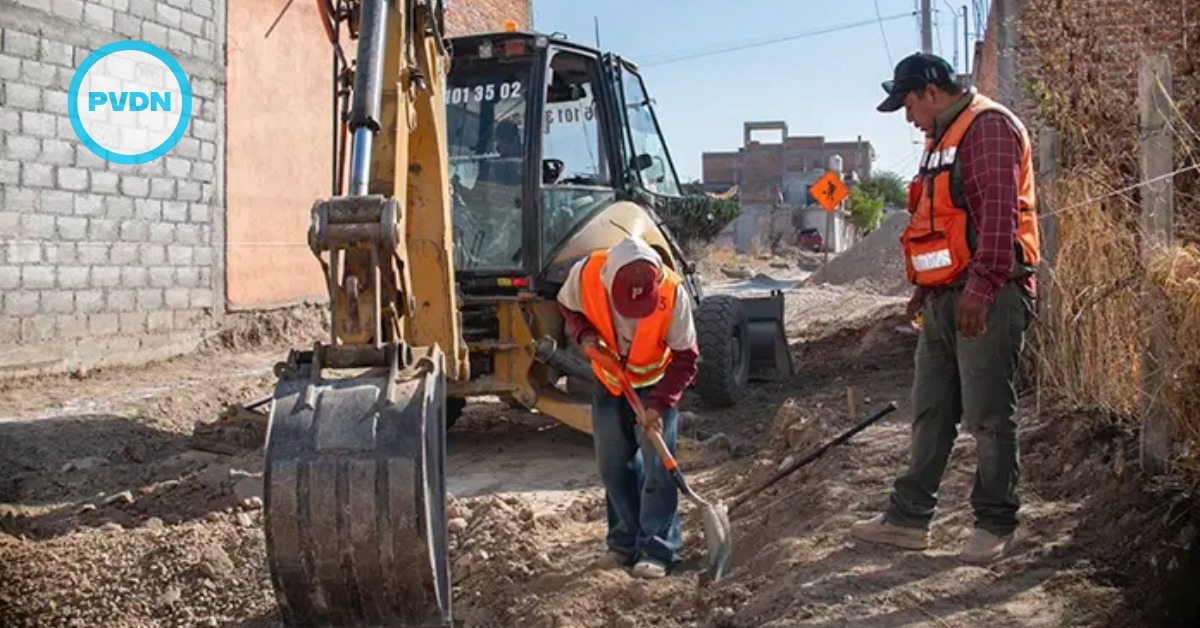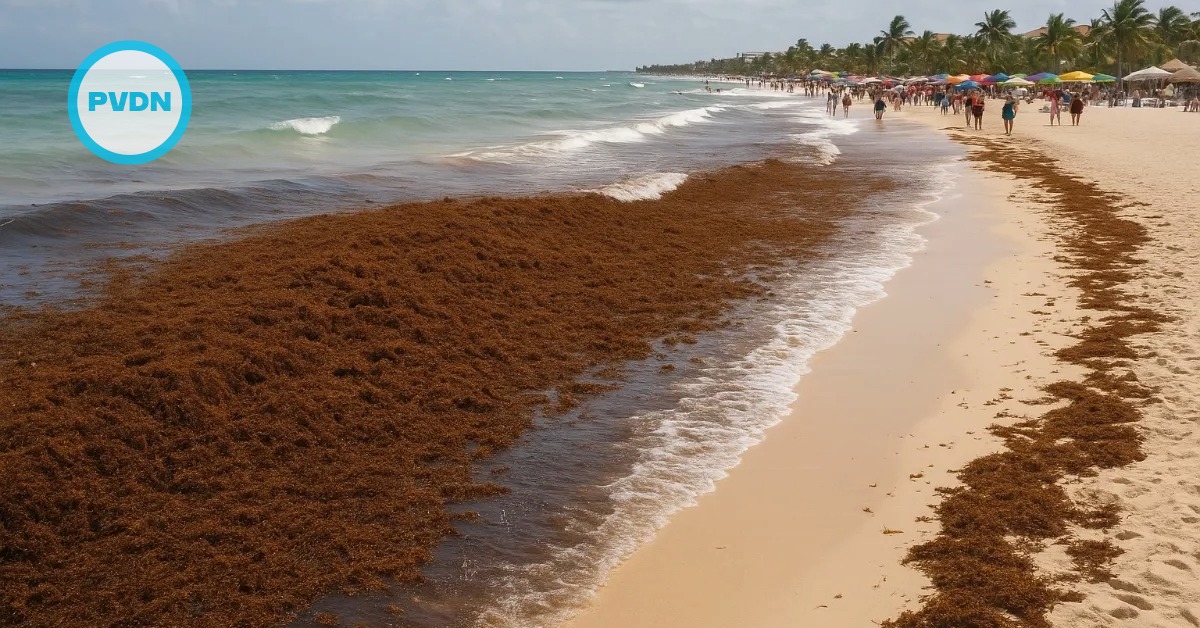In the span of just 11 days, Mexico was devastated by two major earthquakes that destroyed buildings and claimed lives across southern and central Mexico. The official death count was higher than 400 as of Sept. 24, but it will continue to climb as relief efforts turn from rescue work to the recovery of bodies buried in the rubble.
In the days ahead, other measures of the disaster’s extent will emerge, including the number of people who were physically injured and the estimated . . .


